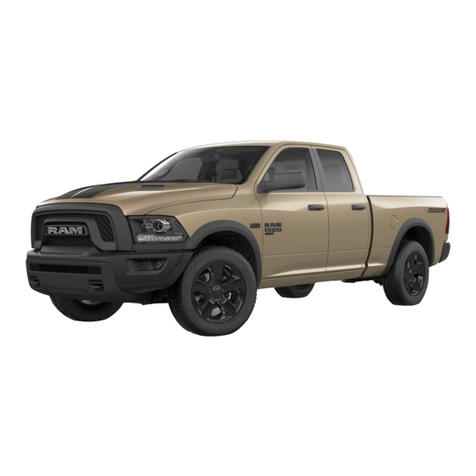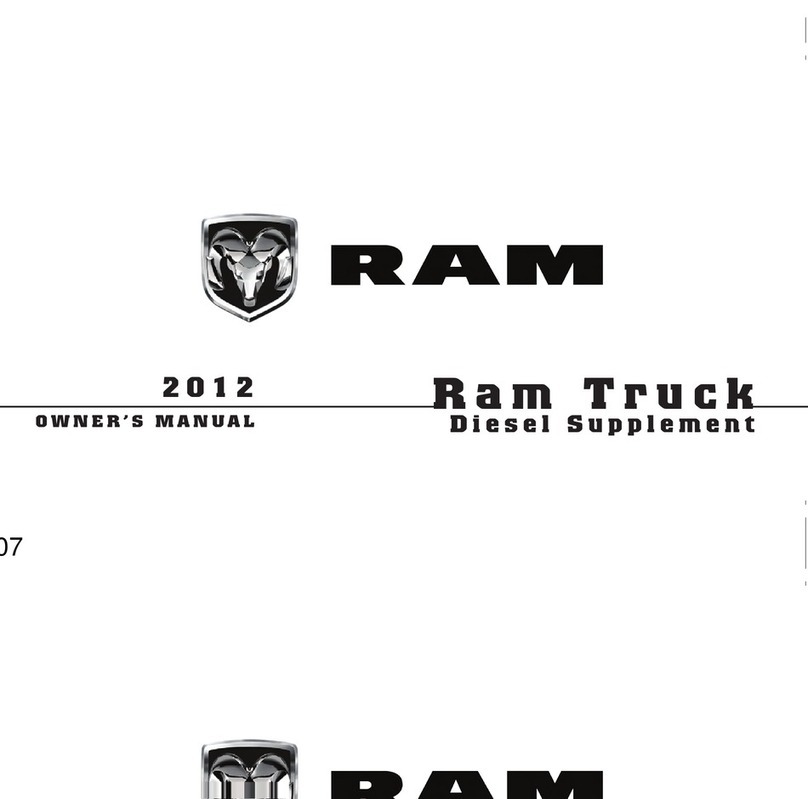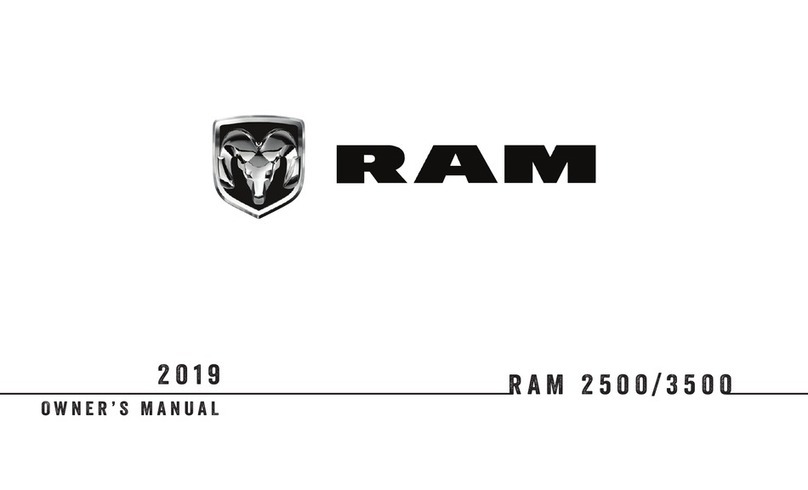RAM 2014 RAM PROMASTER User manual
Other RAM Automobile manuals
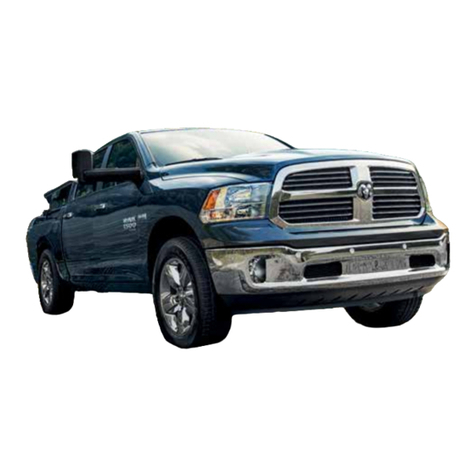
RAM
RAM 1500 2019 User manual
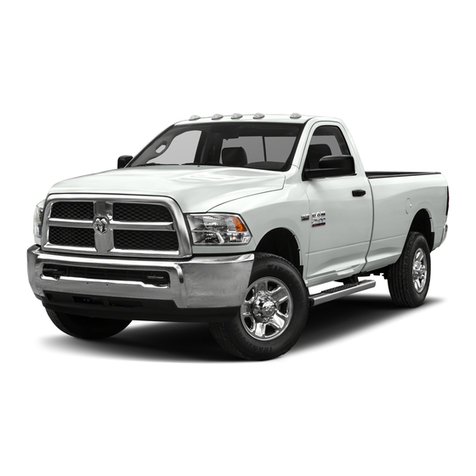
RAM
RAM 2015 1500 Owner's manual
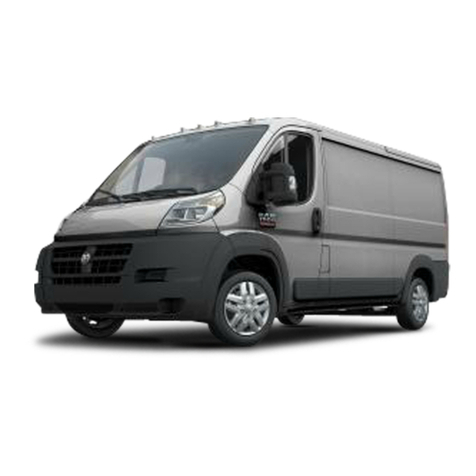
RAM
RAM 2014 RAM PROMASTER User manual
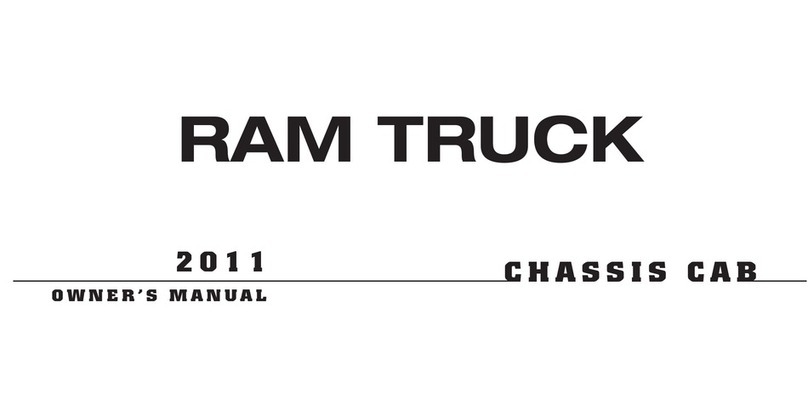
RAM
RAM 2011 Ram Truck Chassis Cab User manual
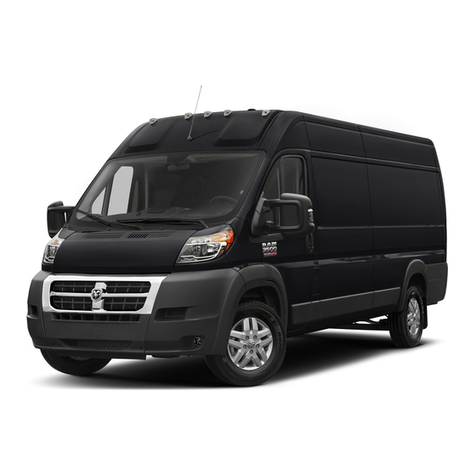
RAM
RAM PROMASTER 2018 User manual
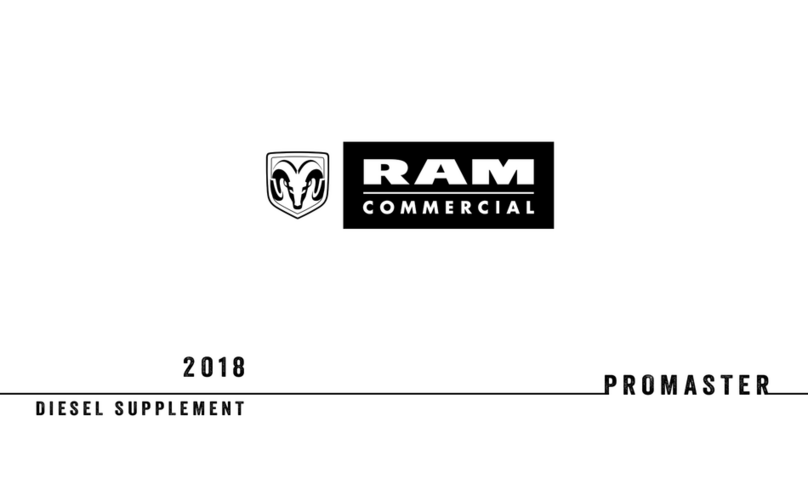
RAM
RAM PROMASTER 2018 User manual
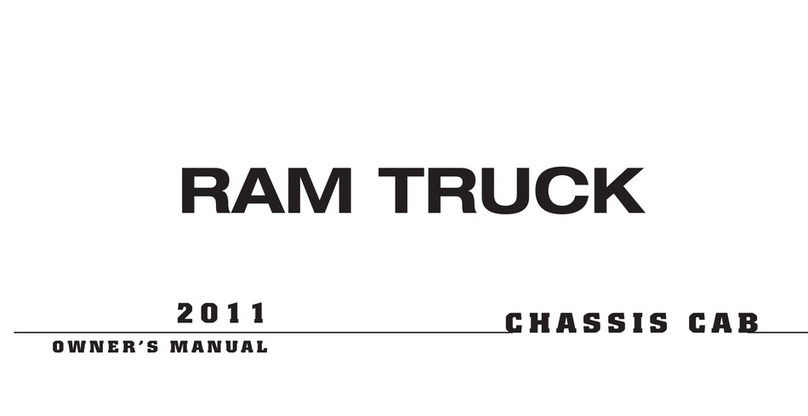
RAM
RAM 2011 Ram Truck Chassis Cab User manual

RAM
RAM TRUCK 1500 2014 User manual

RAM
RAM RAM CV Cargo Van 2012 User manual

RAM
RAM RAM 3500 User manual

RAM
RAM 2011 DAKOTA User manual
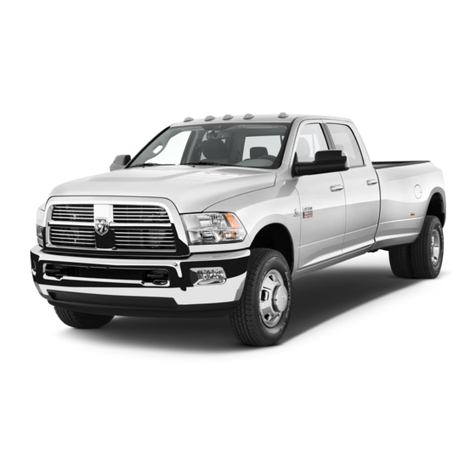
RAM
RAM RAM 3500 2013 User manual
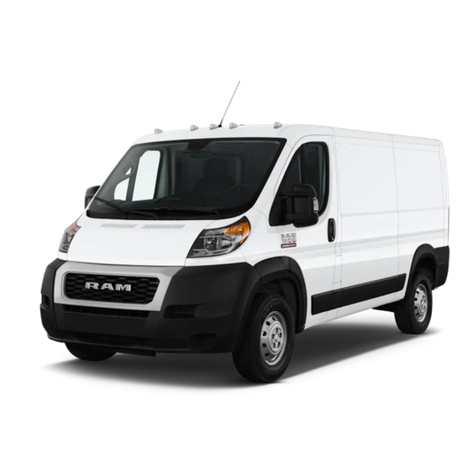
RAM
RAM PROMASTER 2020 User manual
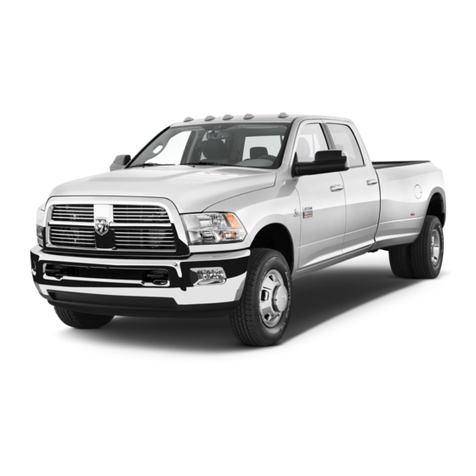
RAM
RAM RAM 3500 User manual

RAM
RAM 2012 Truck Chassis cab User manual
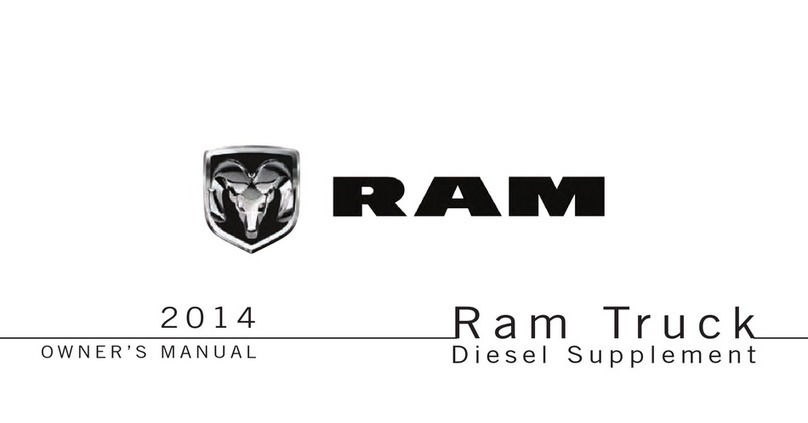
RAM
RAM 2014 5500 User manual

RAM
RAM TRX 2022 Specification sheet

RAM
RAM 1500 2019 User manual

RAM
RAM 2013 Cargo Van User manual

RAM
RAM PROMASTER CITY2018 User manual
